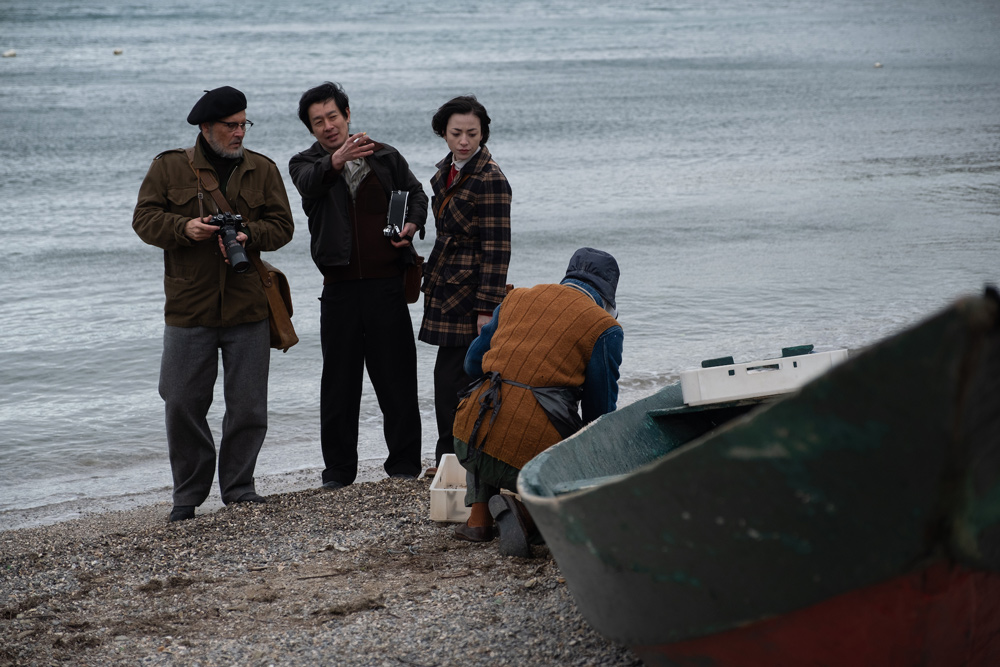
© 2020 MINAMATA FILM, LLC © Larry Horricks
“Minamata” A gaze focused on capturing the soul that soothed Minamata and Eugene Smith
2021.10.04
The allegorical quality achieved by filming overseas
Most of the film's filming took place on sets in Belgrade, Serbia, and in a coastal town in Montenegro. Since Minamata City today has no trace of what it was like in the 1970s, the townscape from that time was recreated overseas. However, the film also includes scenes that require many Asian extras, such as when residents hold a protest rally in front of the Chisso factory. Filming in Eastern Europe, where it would be difficult to attract Asian performers, must have presented many production challenges. In fact, in the scenes of protest rallies, the number of mobs (crowds) feels a little lonely.
However, there was one point that made up for it and had a certain effect. The reason is that by filming in Eastern Europe, ``the sense of Japanese culture has been removed.'' The climate and atmosphere of the location are naturally reflected in the footage, and many works try to accentuate the look by emphasizing this. However, because this film recreates the town of Minamata in Montenegro, the place seen in the video takes on an anonymous character, as if it is nowhere else in this world, and takes on a kind of allegorical atmosphere.
Furthermore, the cinematography by Benoît Delôme, who worked on films such as `` The Scent of Green Papaya '' (1993) and ``At Eternity's Gate '' (18), was also effective. The solid yet deep cinematography, which emphasizes shadows, adds to the allegorical quality and gives the incident, which took place in a remote area of Asia, a great universality.
 “Minamata” © 2020 MINAMATA FILM, LLC © Larry Horricks
“Minamata” © 2020 MINAMATA FILM, LLC © Larry Horricks
Another big thing was the appointment of director/screenwriter Andrew Levitas. Before becoming involved in film, he was a highly acclaimed artist and sculptor. He has a unique career that sets him apart from mainstream Hollywood directors, and his picture creation and direction lend a unique color to the way this film is told, allowing him to construct a work that does not fit within the framework of a typical social work. It probably led to success.
Based on this allegorical image of the world, the story follows the struggle of the people of Minamata to get Chisso to admit responsibility for the cause of the disease and compensation. The characters were created by combining several real people, and there are many dramatizations that differ from reality, but documentaries such as director Noriaki Tsuchimoto's Minamata Uprising - People Who Question Their Life (1973) There are some scenes that seem to have been taken as a reference, but it doesn't make it any less convincing.
Director Levitas also prepared 400 pages of reference materials on Minamata disease for the cast and heads of each department, placing the utmost importance on accuracy. As a result, despite having the allegorical quality mentioned above, the depictions of the people suffering from Minamata disease and the residents confronting Chisso are vivid and powerful, and you won't lose your concentration on the screen. .
A viewing experience that assimilates Eugene Smith's gaze

